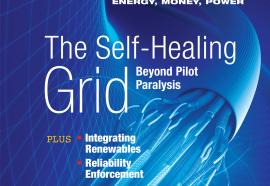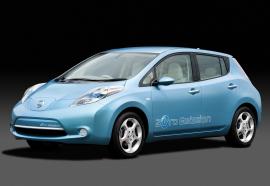One if by Wholesale, Two if by Retail
Which path leads to the smart grid?
A fierce debate has erupted in the utility policy community, with battle lines drawn within FERC itself. In the effort to improve system efficiency, two competing alternatives stand out: to build the smart grid on large-scale demand response (DR) programs, or to build it around consumer behavior in retail markets.











